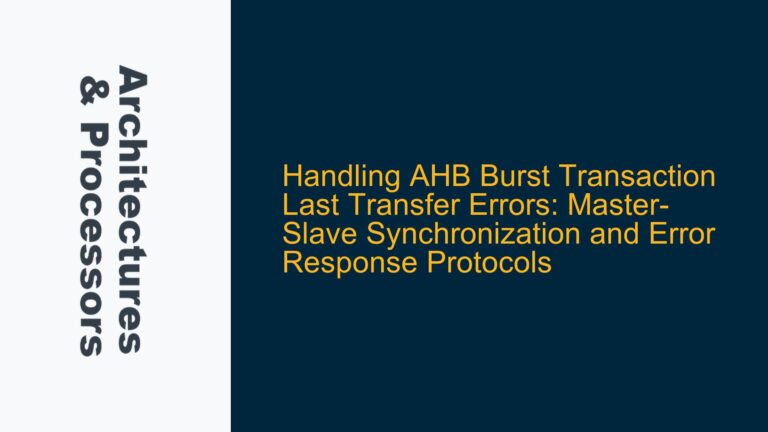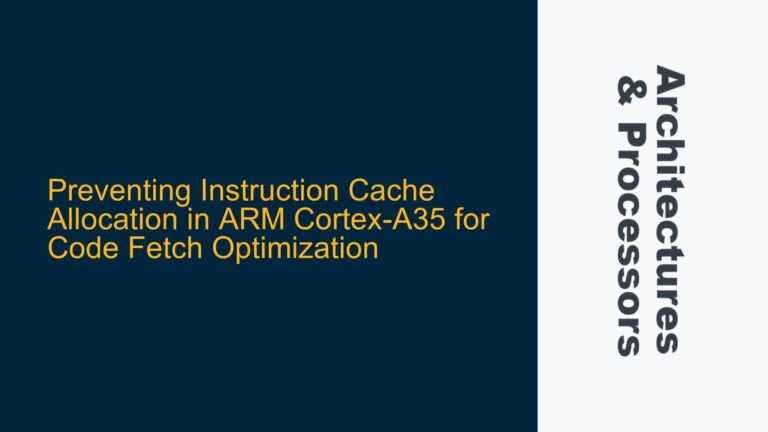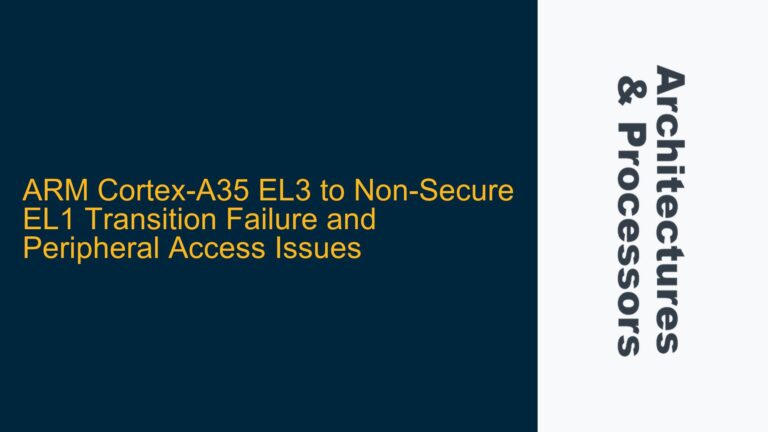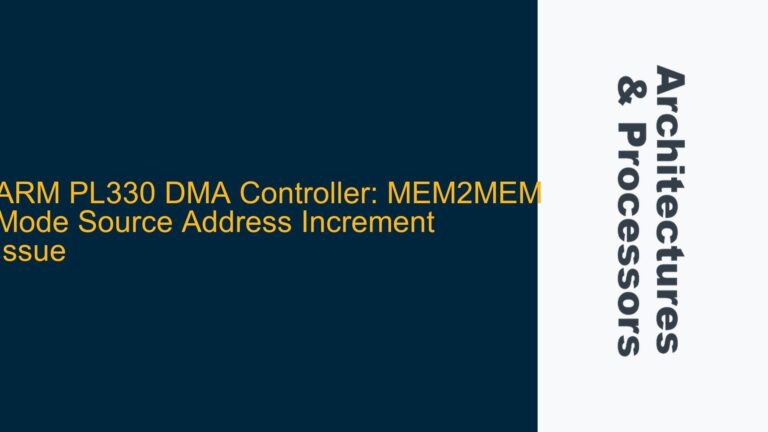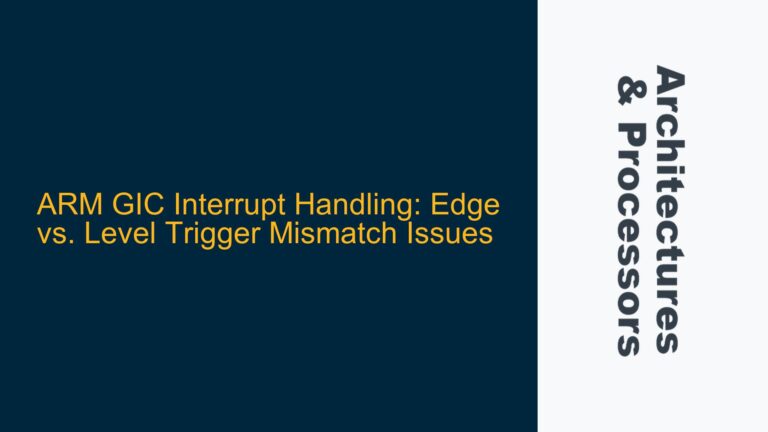APB Protocol Timing and the Role of Dummy Cycles
The Advanced Peripheral Bus (APB) protocol, part of the ARM Advanced Microcontroller Bus Architecture (AMBA), is designed for low-bandwidth, low-power peripheral communications. One of the key aspects of the APB protocol is its timing requirements, particularly the inclusion of dummy cycles between transfers. These dummy cycles, often misunderstood, play a critical role in ensuring reliable and efficient data transfers between the master and peripheral devices.
The APB protocol operates in a two-phase transaction model: the SETUP phase and the ACCESS phase. During the SETUP phase, the master asserts the PSEL (Peripheral Select) signal and sets the control signals such as PADDR (Peripheral Address), PWRITE (Write Enable), and PWDATA (Write Data). In the ACCESS phase, the master asserts PENABLE (Peripheral Enable) to complete the data transfer. The peripheral responds with PREADY (Peripheral Ready) to indicate whether it can complete the transfer in the current cycle.
A common point of confusion arises from the requirement of a dummy cycle between the SETUP and ACCESS phases, especially during back-to-back transfers. This dummy cycle is not a mandatory step but is often perceived as such due to the way the APB state machine is typically implemented. The dummy cycle is essentially a NOP (No Operation) cycle that ensures proper timing alignment and signal stability, particularly in systems with varying propagation delays and clock domain crossings.
The primary reason for this dummy cycle is to simplify the interface logic and ensure robust operation across a wide range of peripheral designs. By separating the SETUP and ACCESS phases, the APB protocol allows peripherals to sample the control signals during the SETUP phase and prepare for the data transfer during the ACCESS phase. This separation reduces the combinatorial logic required in the peripheral, making it easier to design and verify.
The Necessity of Signal Stability and Timing Constraints
The APB protocol’s timing constraints, including the requirement for control signals to remain stable during the ACCESS phase, are rooted in the need for reliable communication between the master and peripheral devices. In a typical APB transaction, the address (PADDR), write enable (PWRITE), and write data (PWDATA) signals must remain constant from the SETUP phase through the ACCESS phase. This requirement ensures that the peripheral has a stable set of signals to work with during the data transfer.
One might wonder why the address and control signals cannot be captured during the SETUP phase and then ignored during the ACCESS phase, similar to how synchronous SRAM operates. The answer lies in the simplicity and robustness of the APB protocol. Unlike synchronous SRAM, which operates in a single-cycle access model, the APB protocol is designed to support a wide range of peripherals with varying response times. By keeping the address and control signals stable throughout the transaction, the APB protocol ensures that peripherals with different timing requirements can reliably sample and process the signals.
Additionally, the two-cycle timing model of the APB protocol simplifies the design of the peripheral interface. In a single-cycle model, the peripheral would need to decode the address, determine the type of transfer (read or write), and perform the data transfer within a single clock cycle. This would require complex combinatorial logic paths, which are difficult to constrain and synthesize, especially in low-power designs. The two-cycle model of the APB protocol breaks this process into two distinct phases, reducing the combinatorial logic and making the design easier to implement and verify.
Optimizing APB Transfers and Addressing Common Misconceptions
A common misconception about the APB protocol is that the dummy cycle between the SETUP and ACCESS phases is mandatory for all transfers. In reality, this cycle is only required when there is no subsequent transfer. During back-to-back transfers, the APB protocol allows the master to transition directly from the ACCESS phase of one transfer to the SETUP phase of the next transfer, without entering the IDLE state. This optimization reduces the overhead of dummy cycles and improves the overall throughput of the bus.
To achieve this optimization, the master must ensure that the control signals for the next transfer are set up during the ACCESS phase of the current transfer. This requires careful timing and coordination between the master and peripheral, but it eliminates the need for dummy cycles between consecutive transfers. The APB specification provides a state diagram (Figure 4-1) that illustrates this optimization, showing a direct path from the ACCESS phase to the SETUP phase for back-to-back transfers.
Another area of confusion is the requirement for the address and control signals to remain stable during the ACCESS phase. While this requirement may seem unnecessary at first glance, it serves an important purpose in ensuring reliable communication. By keeping the address and control signals stable, the APB protocol allows peripherals to use these signals as reference points during the data transfer. For example, a peripheral may use the address signal to select the appropriate register or memory location, and the write enable signal to determine whether to perform a read or write operation. If these signals were allowed to change during the ACCESS phase, the peripheral would need additional logic to latch and hold the values, increasing the complexity of the design.
In summary, the dummy cycles and timing constraints of the APB protocol are designed to simplify the interface logic, ensure reliable communication, and support a wide range of peripheral designs. By understanding the rationale behind these requirements, designers can optimize their APB implementations and avoid common pitfalls. The key takeaway is that the APB protocol’s timing model strikes a balance between simplicity and robustness, making it an ideal choice for low-bandwidth, low-power peripheral communications in ARM-based systems.

